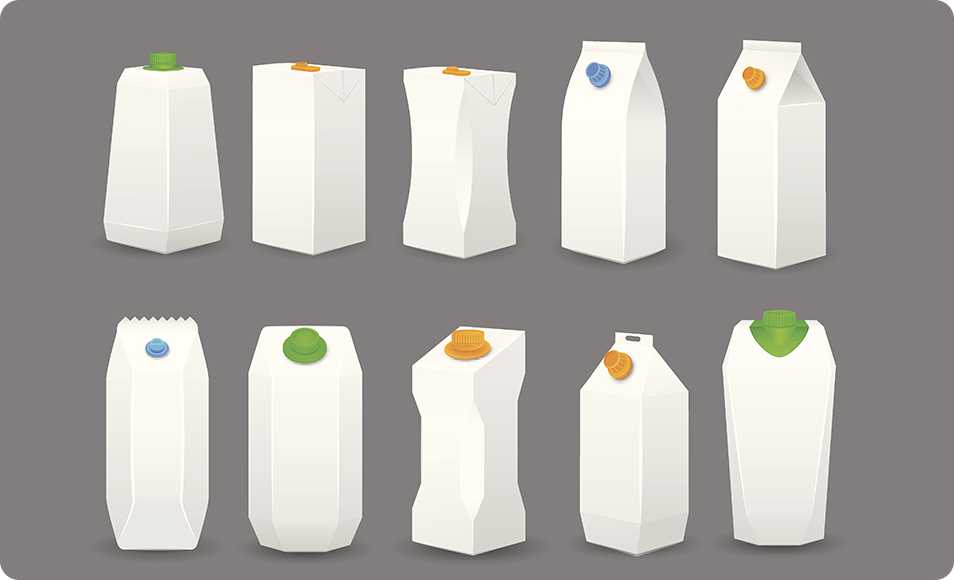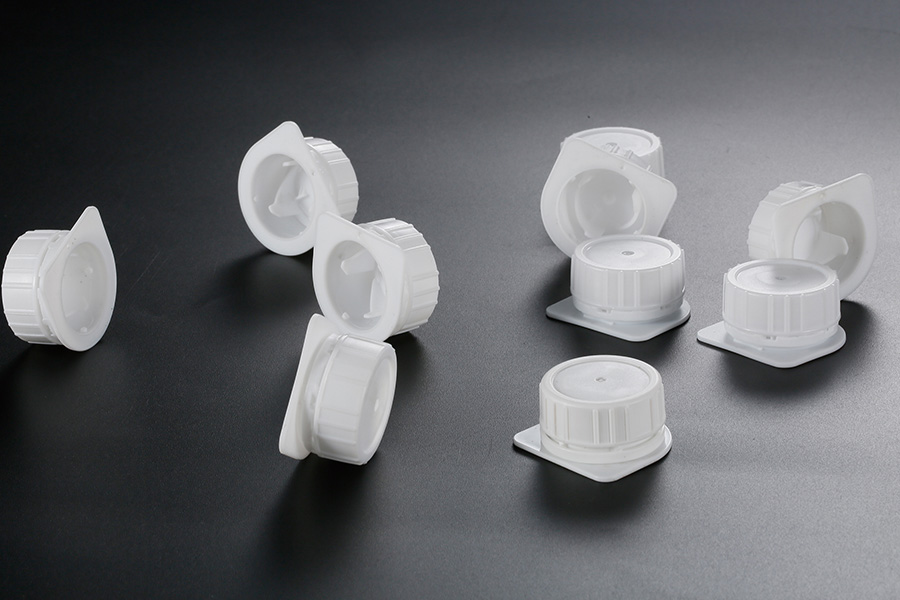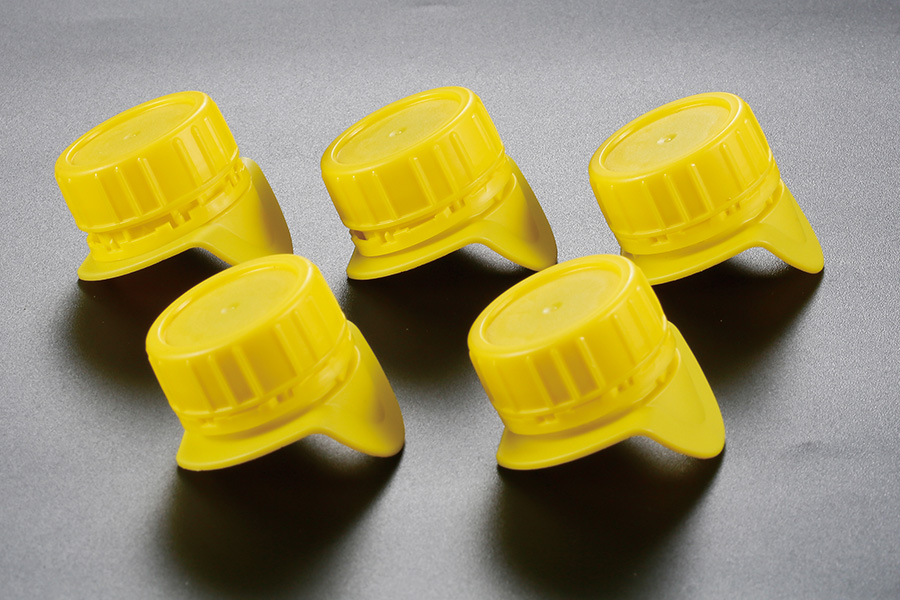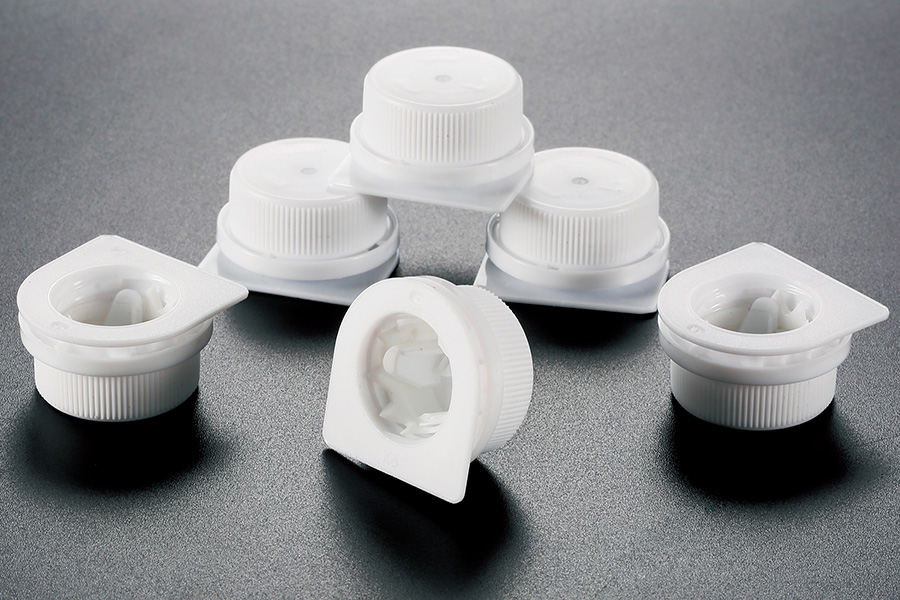Among the various closure technologies used across food, beverage, and pharmaceutical products, two types have stood out for their practicality: the traditional screw-type and the more recently developed one-step opening cap structures. Both serve the same essential function—to seal and dispense—but differ significantly in terms of design, user experience, and compatibility with packaging systems. This article explores the structural and functional differences between these two types of plastic bottle covers and their broader implications.

The screw-type cap of bottle plastic has long been the standard in many industries. It relies on a threaded interface between the bottle neck and the cap, which allows the user to twist the cap to open or close the container. This system offers reliable sealing performance and is widely compatible with a range of packaging forms. It is particularly popular in the beverage sector, especially for carbonated drinks, where a strong seal is critical. The plastic bottle cover in this format typically includes a tamper-evident ring, giving consumers visual assurance that the product has not been opened prior to purchase.
In contrast, the one-step opening cap design was developed with convenience and speed in mind. This cap structure often incorporates a built-in spout or valve, allowing the user to access the contents with a single motion, often without completely removing the cap. This innovation caters to on-the-go consumers who value functionality and ease of use. A plastic bottle cover using a one-step mechanism can significantly enhance the product experience, especially in products such as energy drinks, children’s beverages, or household liquids that benefit from fast and controlled dispensing.
When comparing these two types, it's important to consider the user interaction aspect. Screw-type caps require two-handed operation in many cases—one hand to hold the bottle and the other to twist the cap. This can be inconvenient in mobile situations, such as while driving or exercising. One-step opening caps address this challenge by allowing one-handed access. Still, not all products require such immediate usability, and the traditional screw-type cap of bottle plastic remains sufficient for shelf-stable or home-use products.
Another consideration lies in production and assembly. Screw-type plastic bottle covers are relatively easy to produce using standard injection molding techniques. They require precise threading, but the technology is well-established. One-step opening caps, on the other hand, often include multiple components—a base, a hinged top, possibly a valve or dispensing nozzle. This makes them more complex to manufacture and may involve multi-cavity molds or post-assembly steps. However, manufacturers are increasingly refining these methods to improve efficiency and reduce costs.
Sealing capability is another major difference. A screw-type cap typically relies on a compression seal—where the cap presses tightly against the bottle’s rim. This is effective for products requiring air-tight or liquid-tight closures. A one-step cap may use a similar compression system or integrate alternative seals, such as silicone valves or pressure-fitted components. While both can achieve strong seals, the screw-type plastic bottle cover is often chosen for high-pressure applications, including carbonated drinks or medications requiring airtight storage.
Material choice also plays a crucial role. Both types are generally made from food-safe polypropylene or polyethylene, but the design complexity of the one-step mechanism may require a combination of materials. A cap of bottle plastic for one-step use might have a softer inner seal and a rigid outer shell. This allows better control over both sealing and user comfort, especially when repeated use is expected.
From a branding and customization standpoint, both closure types offer opportunities. Screw-type caps provide a wide surface for printing or embossing logos. One-step caps can be molded in unique shapes and colors, enhancing product identity. For marketing teams, the cap of bottle plastic becomes not only a functional part but also a visual cue that reinforces brand values—whether it’s simplicity, innovation, or safety.
Finally, sustainability is an increasingly important factor. While both caps can be made from recyclable materials, one-step plastic bottle covers may pose a challenge due to their multi-material composition. However, many manufacturers are now working on mono-material versions of one-step designs to address recycling limitations and meet evolving environmental regulations.
In conclusion, the choice between a screw-type and a one-step opening cap depends on multiple factors: product type, target users, production capabilities, and brand goals. Both closure systems continue to evolve, and the cap of bottle plastic—regardless of structure—remains a small but significant part of the total packaging experience. As consumers demand more convenience and sustainability, innovation in plastic bottle cover design will continue to shape how we interact with everyday products.


 English
English  русский
русский عربى
عربى



